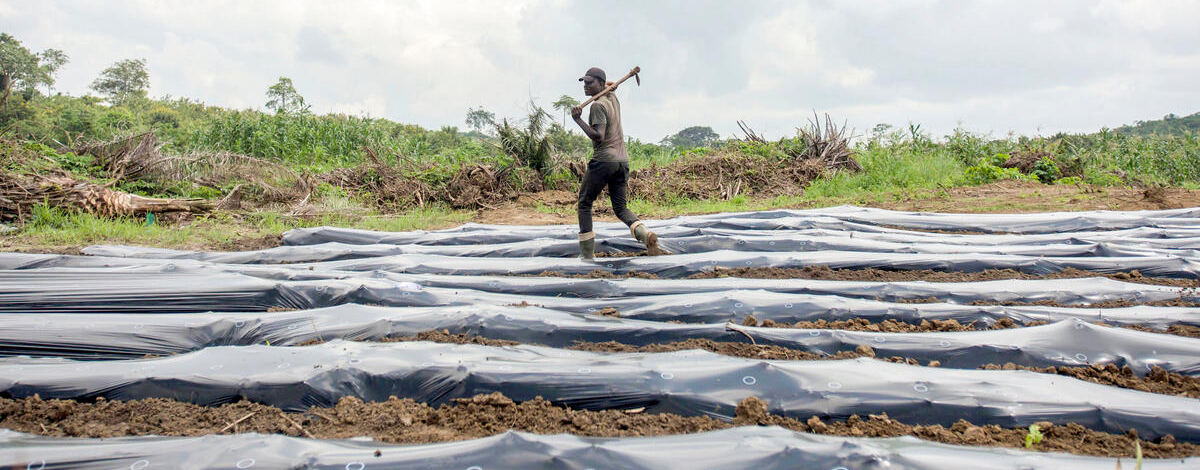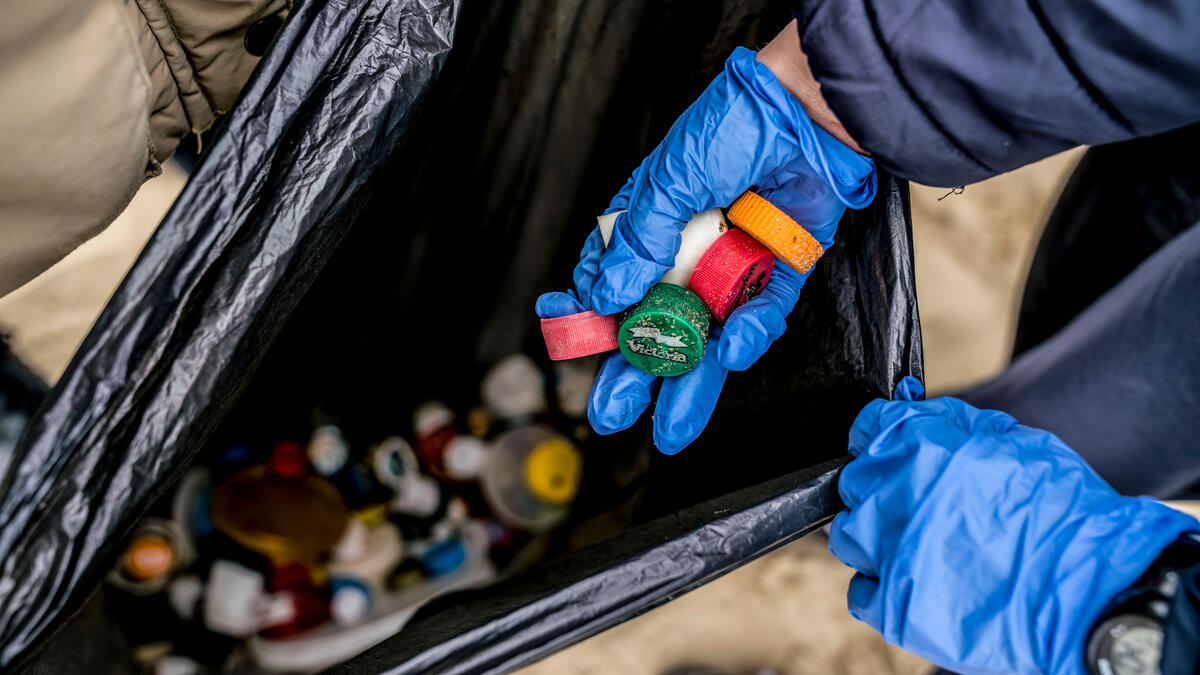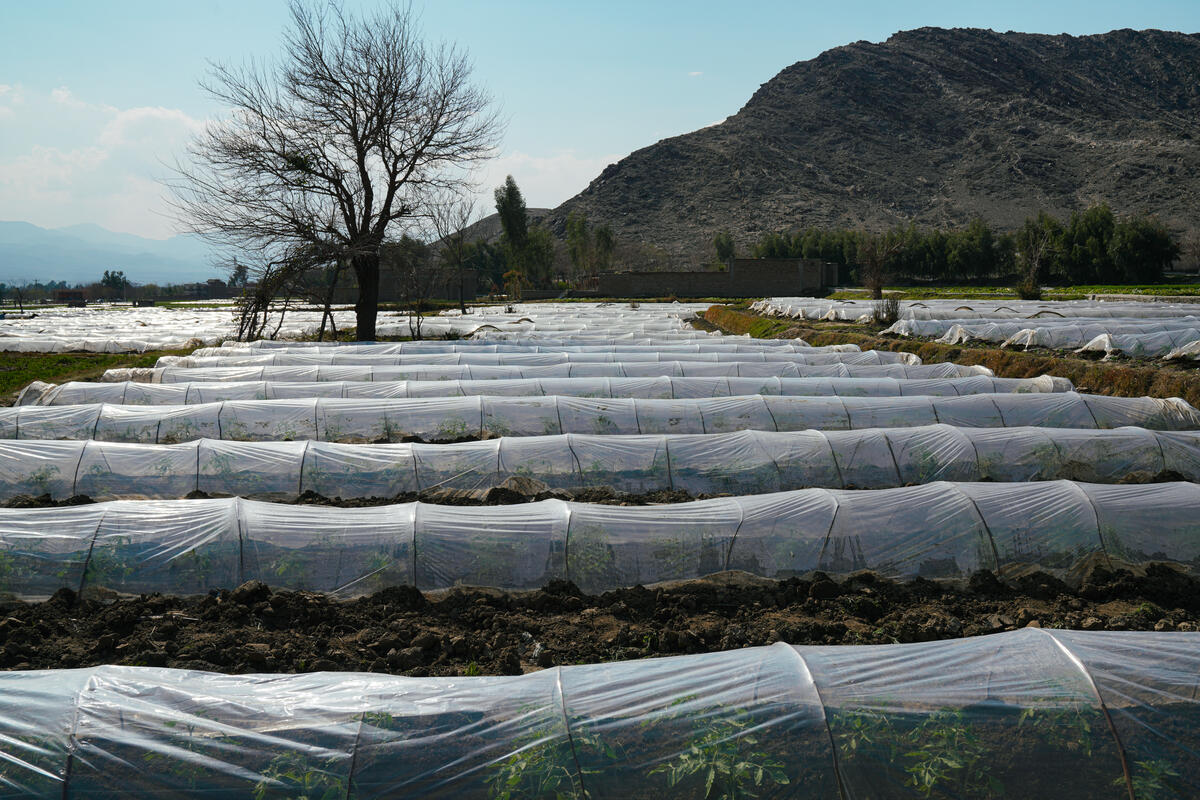
Plastic pollution and agrifood systems: Why One Health matters now more than ever
Across fields and farms, plastics have become invisible threads woven into the fabric of modern agriculture. They wrap bales of silage, line irrigation channels, mulch crops, and insulate greenhouses. On the surface, these materials have played a vital role in boosting productivity and protecting yields but come at the cost of longer-term sustainability.
As plastic materials degrade – whether from direct agricultural use or from broader environmental contamination – they break down into micro- and nanoplastics. These tiny particles are accumulating in the very soils, water systems and food chains that sustain life. The implications are vast, affecting not only soil, plant, and animal health, but also the safety and security of our food supply and ecosystems.
Beyond the farm: How everyday plastics reach rural landscapes
This is not just an agricultural problem. Plastic waste from other uses can eventually find its way into rural landscapes through wind, wastewater, and runoff. Urban waste systems, sewage sludge applied to farmland, and atmospheric fallout are all vectors that transport plastics into agricultural soils. In fact, some studies suggest one of the biggest sources of microplastics in agriculture are biosolids, a treated sewage sludge, rich in organic nutrients but also laced with micro and nanoplastics and other contaminants.
Once in the soil, these plastics can alter soil structure, reduce water retention, interfere with microbial communities, and inhibit plant growth. Earthworms, nematodes, and soil arthropods ingest these particles – affecting their survival and disrupting the intricate biological networks that support healthy crop systems. Exposure to plastic pollution can damage pollinators’ digestive systems, weaken their immune responses, and alter their behaviour, making them less effective at pollinating plants. These changes, while invisible to the naked eye, erode the foundation of food production from the ground up.


From pasture to plate: The impact on animals and food safety
Animals are not spared either. Livestock that graze or are fed forage from contaminated fields ingest plastics that may cause inflammation, oxidative stress, and even hormonal disruption. In aquatic systems, fish and shellfish routinely consume microplastics mistaken for food – particles that eventually end up on our plates. Scientists have already detected plastic fragments in meat, milk, and fish, raising urgent questions about the safety of our diets.
And what about human health? While research is still in its early stages, studies have detected microplastics in human lungs, blood, placentas, and even in the digestive tracts of newborn infants. These particles can act as carriers for toxic chemicals, heavy metals, and potentially antibiotic-resistant bacteria. Laboratory studies suggest that microplastics and their associated contaminants may disrupt hormone systems, trigger immune responses, and contribute to inflammation. Although the full extent of these health impacts in humans is not yet fully understood, the emerging evidence underscores the need for caution and further investigation.
A hidden catalyst: Plastics and antimicrobial resistance
One of the most insidious aspects of plastic pollution is its role in fuelling antimicrobial resistance. On plastic surfaces in soil and water, bacteria form biofilms – sticky communities that not only protect pathogens from environmental stress but also accelerate the exchange of resistance genes. This means that plastic pollution may act as both a disease vector and an environment where resistance traits can emerge and spread – posing potential risks to public health.
Why One Health? A systems approach to a systems problem
Faced with such a complex, multilayered threat, no single discipline or sector can offer a solution. This is why the One Health approach is so urgently needed. One Health recognizes that the health of humans, animals, plants and ecosystems are interconnected – and that threats like plastic pollution cannot be addressed in isolation.

A growing coalition of scientists, policy experts, and international agencies, including FAO, is working to apply One Health thinking to this crisis. FAO is helping convene experts from across disciplines to map out the evidence, identify research gaps, and guide global responses. By integrating data on soil, animal, and human health, the goal is to build a unified understanding of how plastics move through agrifood systems – and how we can stop them.
Yet policy responses remain fragmented. Plastics are often regulated by environmental agencies, while their health impacts fall under agriculture, food safety, or public health jurisdictions. This fragmented policy landscape makes it difficult to coordinate effective responses. As the world works toward a global treaty on plastic pollution, organizations like FAO are striving to strengthen the connection between science and policy. A key part of this effort is the integration of One Health thinking, which brings together environmental scientists, veterinarians, agronomists, and health experts to develop holistic, evidence-based solutions.
A call to action: One Health as a necessity, not a choice
Plastic pollution is a defining environmental challenge of our time. But it is also a public health issue, a food security issue, and a complex ecological crisis. Before we can translate evidence into effective policy and decision-making, we must invest in a much deeper understanding of the connections and integrated impacts of plastic pollution across human, animal, and environmental health. Only by mapping these linkages – through the One Health approach – can we ensure that our responses are truly holistic and effective.
